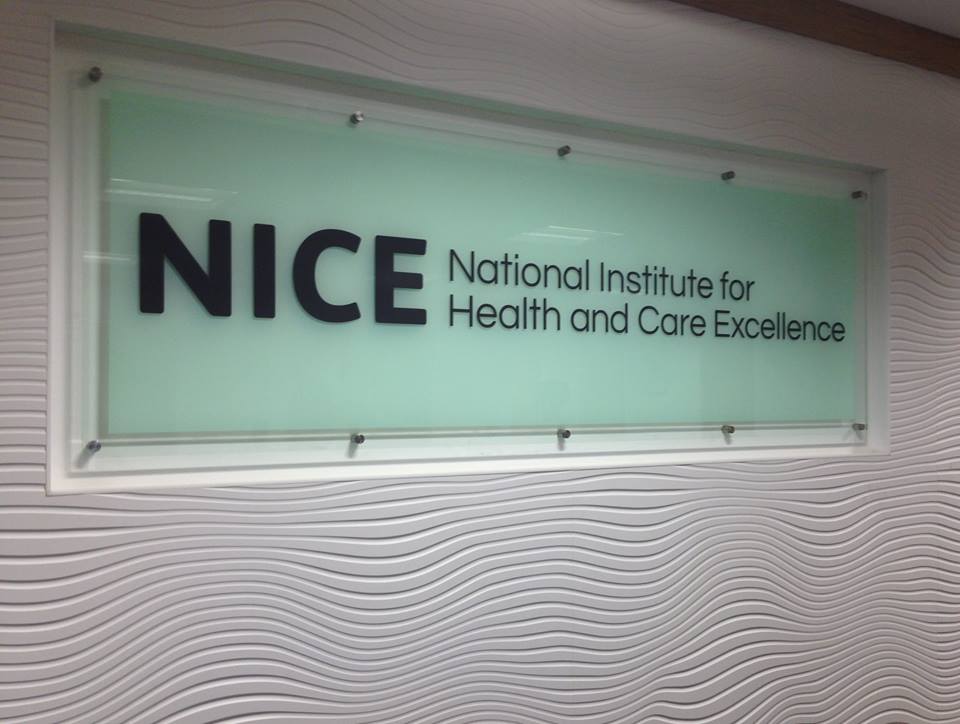NICE rejects rare eye disease therapy

NICE has rejected a treatment for a rare eye disorder, a first draft decision ruling Dompé's drug too expensive for the NHS.
This decision would leave some patients facing the only option of a cheaper but disfiguring procedure where the eyelids are partially sewn up to protect the cornea.
The cost effectiveness body said that cenegermin, produced by Italian manufacturer Dompé, gives a treatment option for the rare disease neurotrophic keratitis.
Affecting around five in every 10,000 people in Europe, neurotrophic keratitis is a degenerative disease affecting the cornea that can eventually lead to blindness. There is no standard care pathway for neurotrophic keratitis on the National Health Service.
When the disease progresses, there is a high risk of permanent vision loss as a result of fibrotic scars, NICE said in its appraisal document.
Cenegermin is an artificial nerve growth factor, administered by eye drops, that stimulates healing to prevent further sight loss.
NICE’s clinical experts noted in the draft guidance that the disease is difficult to treat and many treatments are ineffective at healing the cornea.
One option to protect the cornea is tarsorrhaphy – an operation where a patient’s eyelids are partially sewn up, or treatment with botulinum toxin to achieve a similar effect.
But this approach can lead to disfigurement, and NICE conceded that cenegermin could be used early in the disease. The recommended dose of cenegermin is one drop six times per day at two-hourly intervals, starting from the morning and within 12 hours.
NICE said in its appraisal that the treatment costing £14,500 for an eight week course was likely to be in excess of NICE’s cost-effectiveness threshold of £30,000 per Quality Adjusted Life Year (QALY).
But estimates are uncertain because the manufacturer had not presented a cost-effectiveness analysis acceptable to NICE, although it had provided clinical evidence from two clinical trials.
Although there is no robust evidence to show cenegermin can cure neurotrophic keratitis, NICE noted recurrence rates but said there was a lack of long-term data to assess whether the drug has a lasting effect.
In the 156-patient European REPARO study, recurrence rates were 0-3% at 32 weeks and 3% to 5% at 56 weeks.
In the 48-patient US 0214 trial, recurrence rates were 0% to 14% depending on the trial arm.
The guidance is out for consultation and there is scope for further negotiations ahead of a second draft later this year.











